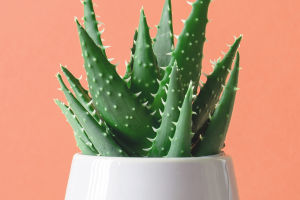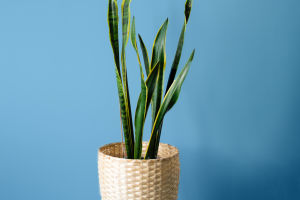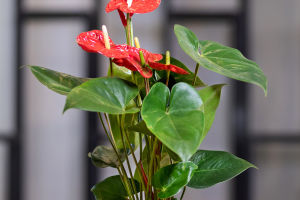Lavender is an enchanting herbaceous flower, adored for its vibrant lavender blossoms and delightful fragrance. As a perennial plant belonging to the Lamiaceae family, lavender is native to the Mediterranean region.
It is widely cultivated across the globe, particularly in Europe and North America, where it is a common sight in gardens and yards.
The flowers of lavender possess a unique shape, characterized by cone-shaped spikes adorned with tightly packed petals. They typically bloom during the summer months and can continue to grace the surroundings for several months.
Lavender flowers are not limited to purple; they also come in various hues, including white, pink, and blue-purple. The intoxicating aroma of lavender is often harnessed in products such as perfumes, essential oils, and dried flowers.
Apart from its striking appearance and aromatic allure, lavender boasts numerous other properties and applications. It is renowned for its soothing and relaxing effects, making it a popular choice in aromatherapy and oil massages.
Lavender also possesses antibacterial and antioxidant properties, making it a valuable ingredient in skin care products and herbal remedies. Additionally, lavender leaves can be used in cooking to impart a unique aromatic flavor to dishes.
When it comes to cultivating lavender, selecting the appropriate planting site and soil is crucial. Lavender thrives in sunny, well-drained environments with loose, fertile soil and a neutral to alkaline pH.
These plants are relatively drought-tolerant and dislike overly moist conditions, so it is important to avoid overwatering.
Proper pruning helps maintain the plant's shape and health. Lavender can be propagated through methods such as division and sowing.
Overall, lavender is a versatile and captivating plant that not only enhances the visual appeal of gardens and yards but also provides a soothing and calming experience.
Whether you are admiring its blooms and fragrance or reaping its health and beauty benefits, lavender is an irresistible flower.
To successfully grow lavender, follow these basic guidelines:
1. Select the appropriate variety: Lavender comes in various types, such as English lavender, French lavender, and Papillon lavender. Choose the variety that suits your preferences and planting conditions.
2. Choose a suitable planting location: Lavender thrives in sunny and well-ventilated areas. Select a spot that receives ample sunlight for planting.
3. Prepare the soil: Lavender prefers loose, well-drained soil. Prior to planting, incorporate well-rotted compost or organic fertilizers to improve soil texture.
4. Planting method: Plant lavender seedlings or bulbs, paying attention to the orientation of the bulbs. Bury them at a depth of approximately 2-3 times their diameter. Maintain proper spacing between plants to allow for adequate growth space.
5. Watering and fertilization: Water the lavender plants at appropriate intervals to keep the soil moist. Avoid excessive watering that may lead to waterlogging. Apply organic or compound fertilizers during the growing season to promote plant growth and flowering.
6. Regular pruning: Pruning plays a crucial role in maintaining the health and shape of lavender plants. After the flowers have withered, prune away dead buds and shoots to stimulate new growth.
7. Pest control: Be vigilant in preventing and controlling common lavender pests such as botrytis and aphids. Employ appropriate control measures to ensure plant health.
8. Winter protection: Lavender requires protection during cold winters. Cover the roots with a protective layer or utilize insulation to prevent freeze damage.
9. Stands and supports: Given the large and heavy flowers of lavender, utilize stands or supports to prevent breakage and provide the necessary support.
10. Post-flowering care: As the flowering period is relatively short, promptly remove faded flowers and dead leaves to maintain plant neatness.
Growing lavender demands patience and meticulous care, but the rewards are immeasurable when witnessing the splendid bloom of these magnificent flowers. Embrace the process of growing lavender and savor the joy it brings.


